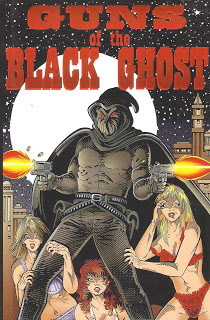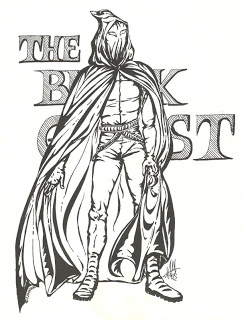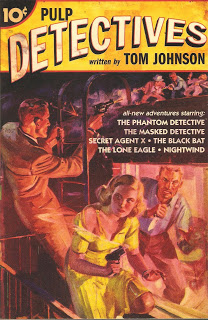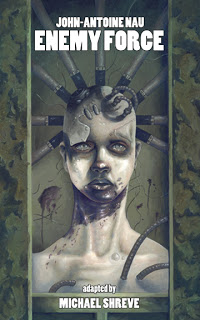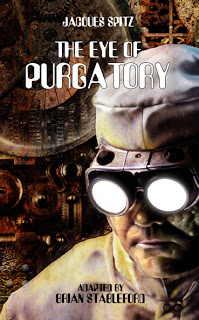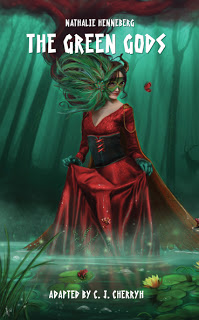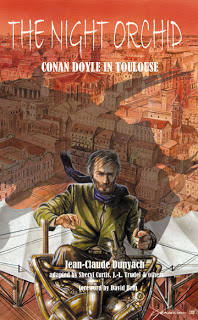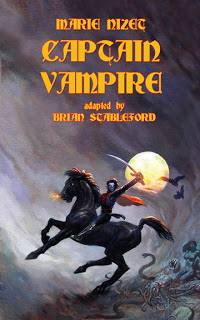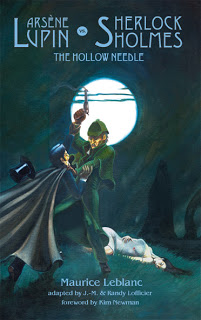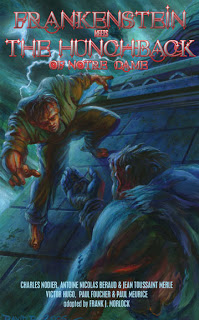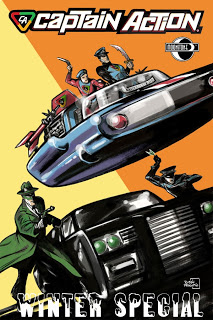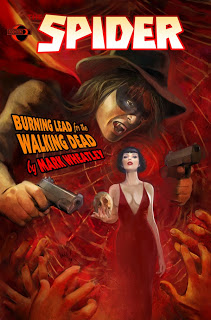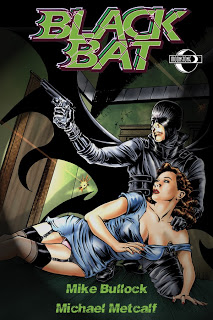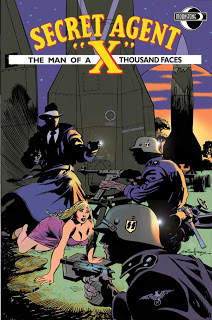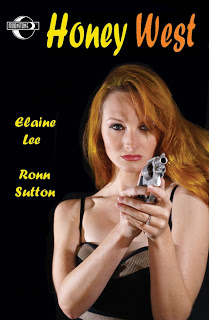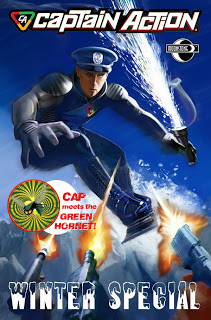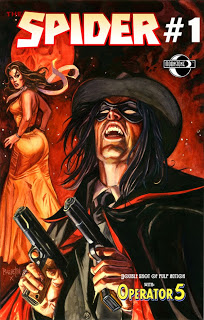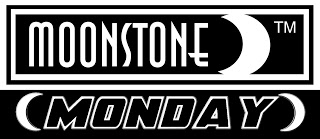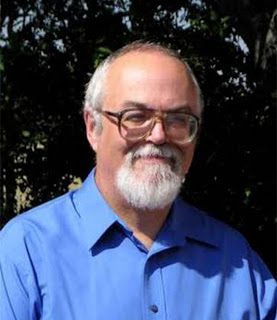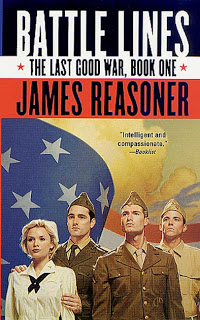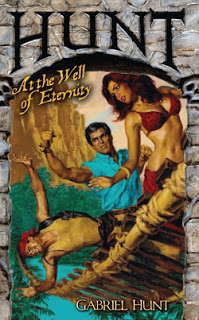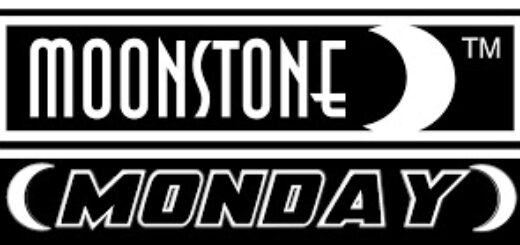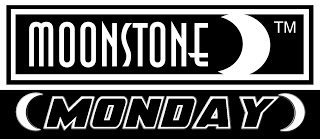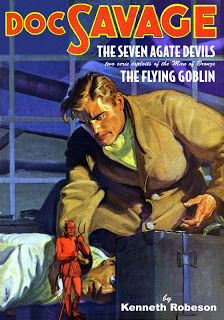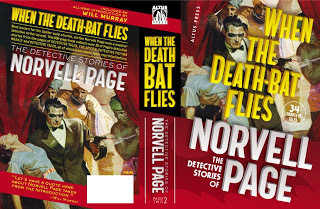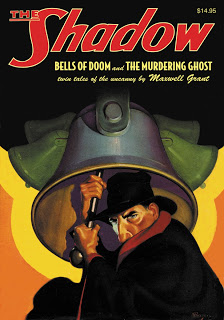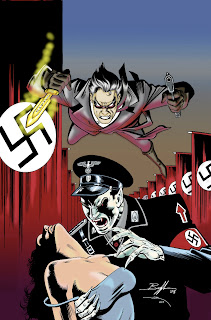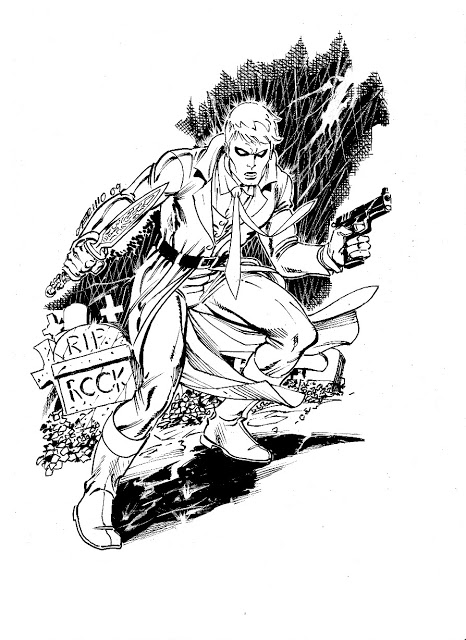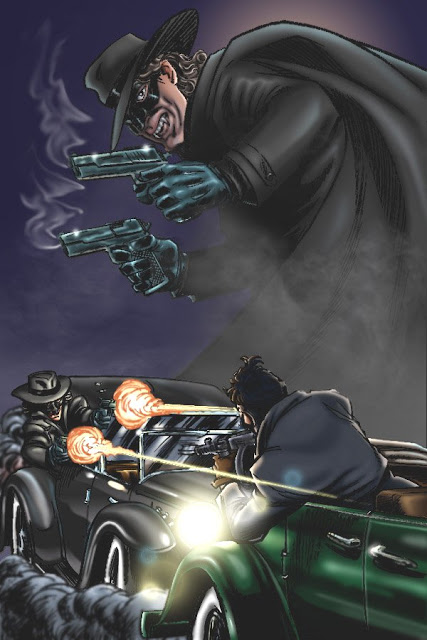INTERVIEW-TOM JOHNSON, Pulp Author/Creator/Historian!!
AP: It’s easy to say that this is truly an honor and privilege for ALL PULP to have a chance to visit with you, Tom. Before we jump knee deep into you and pulp, can you share a bit of personal background with us?
TJ: It’s my pleasure, thanks for inviting me. I was born in a small farm and ranching town in Texas in July 1940. My dad was a cowboy, cook, and drunk, and good at all three. When I was seven, we moved to Wichita Falls (Texas), where I discovered comic books and Skid row theaters. Finding Batman changed my life. We also had a radio, and I listened to all the great dramas, including The Shadow. My dad wanted me to follow in his footsteps, but I had other plans. After High School, I joined the Army and became a military policeman. Upon retiring my wife, Ginger and I started ECHOES, a fan magazine for the pulp enthusiast, and published it for 22 years. I had a serious debilitating stroke in 2002, which slowed me down considerably, but I’m still fairly active. I have never regretted leaving the farm and ranch life behind!
AP: When the name ‘Tom Johnson’ comes up in terms of pulp, several titles are attached to you. Before we get into those, tell us how your obvious love affair with pulp started and how its maintained for so long?
TJ: I was an early reader, starting with the juvenile classics around 1950, then SF a few years later. By my teenage years I was reading Spillane and the tough guy P.I.s. While serving in France around 1963, my sergeant turned me on to Edgar Rice Burroughs, and then to Haggard and Howard. In 1964 I was sent to Turkey during the Cypress Crisis, and we were stuck on an Air Force base. It was here that I found Walter Gibson’s “Return of The Shadow”. When we returned to France, I discovered Doc Savage that same year, and have never looked back.
AP: You are referred to by many as a pulp historian? Is pulp history something the modern reader and/or writer needs to know? What about these characters and their creators is relevant to an audience today?
TJ: That’s a loaded question (G). I think the old characters are still relevant today, and I don’t see any need in drastically changing them, so I do believe the new writers should be familiar with the stories, and not just a “Bible” of the characters. But I also understand that we are looking at a new generation and market, and what us old timers liked may not be what the reader today wants. Still, I don’t believe the new writers should kill off main characters or change backgrounds to suit them, and I don’t think sex and language are necessary to tell a good story. Times were changing even in the early 1950s, when the hint of sex, and rougher language crept into the stories, but by then readers were expecting it. Perhaps if the pulps had continued, we would have seen even more changes in the later 1950s. Who knows?
AP: As a historian, what trends do you notice in the pulp genre that are occurring today that have ties to the heyday of pulps? Are there consistencies or is this just a revival of a genre loved by a few?
TJ: Unfortunately, we are still few in number. With the so-called pulp revival, we’re still struggling to get new converts. I have said in the past that this is a wonderful time for pulp fans to be alive. There is so much available now, considering the POD technology and Internet. And I love the small press, but until the major publishing houses get the pulp fever, I’m afraid we’re still targeting just a few.
AP: As a writer, you cover the gamut. Tell us about some of your favorite personal works.
TJ: Mike Avallone once said, “I’m proud of everything I’ve written.” I wish I could say that (lol). Really, though, I had fun with all of my stories. My current publishers, Matt Moring of Altus Press, and Barbara Custer of NTD are great people to work with. Surprisingly, though, I think that three of my favorite stories were actually collaborations. Debbie DeLorme and I coauthored “Hunter’s Moon”, K.G. McAbee and I coauthored “Shadowhawke”, and Teresa Drippe and I coauthored “Crimson Harvest”, all three were exciting tales, and the three young women were wonderful to work with.
AP: Some writers find it difficult to cross genres, even in such a broad genre as pulp. Is it difficult for you to write one genre, then another, and what appeals to you about working in multiple genres?
TJ: Well, to be honest, Edgar Rice Burroughs influenced my writing the most. So my earliest attempt was the novel, “Jur: A Story of Pre-Dawn Earth”, which has been favorably compared to ERB’s Pellucidar series. I still try to emulate Burroughs’ style, and genre. On the other hand, my favorite characters are The Shadow and Batman, so I really want to write stories about similar heroes. When writing the old masked hero stories, I try to capture the feel of the original stories from the 1930s and ‘40s. That’s not always easy to do. I recently wrote a Man in Purple story for Altus Press’ upcoming Johnston McCulley volume, and I found McCulley extremely difficult to emulate. The Man in Purple was written in 1920, so that might have something to do with it (lol).
AP: You’ve made your own contribution to the ‘Lost Land/Primitive earth’ subgenre. Can you tell us a little about your ‘Jur’ novels?
TJ: Around 1965, my duties in France was Desk Sergeant for the MPs. On slow nights, when my units were out on patrol, and I was bored, I would write little plots and create characters, and put them through their paces. One of the plots I stumbled on was to become the Jur novels, but I didn’t do anything with it until a tour in the jungles of Vietnam. Upon returning to the states in 1970, I knew I had to write that story. I wrote the first two novels in long hand (pencil), and hired a professional typist to put it in manuscript format. Basically, my hero was an Army Green Beret just back from Vietnam. He was tough and trained in jungle survival and warfare. But he was angry at our involvement in Vietnam, and got out of the Army to wander around the world. He ends up in Africa where he hears about a young French girl who is missing. He goes in search of her, and falls through the same time portal as the girl, ending up in the Jurassic Period, where they eventually meet and survive the terror and dangers of the jungle. These two people were featured in the first two novels. But the first was never picked up. I still have all the Rejection Slips! I met James Reasoner and he looked at the story, and suggested we drop the Green Beret and begin the story, not in 1970, but just after the Stock Market Crash of ’29, and the main character isn’t all that tough and well-trained. We made the changes, and in 2002, a company named NBI accepted the first novel, and wanted to look at the second one. I had to quickly type the sequel while making the changes. I eventually wrote two more stories in the series. NBI went out of business after book #3. I self-published the fourth novel.
AP: You’ve written stories utilizing established characters. What about writing existing characters appeals to you and who are your favorite characters to work with?
TJ: That’s hard to say. I’m an odd ball, I think. I love The Black Bat and Phantom Detective for some reason, so have written a number of their adventures. But sometimes one of the other characters nag at me until I accept the challenge. I wrote a Doc Harker story a while back because I couldn’t get the plot out of my mind until I put it on paper. I aimed at 10,000 words, and it came out at 16,000 words! I recently wrote the sequel to PULP DETECTIVES, featuring ten different characters, several surprises that I can’t divulge yet. That is coming from Altus Press somewhere down the road. But I think it’s better than the first PULP DETECTIVES.
AP: You’ve also got original pulp hero creations that you’ve written. Can you share some of them with us and talk about the process of creating original characters?
TJ: Years ago while watching the TV series, The Equalizer, a Christmas episode aired about a little boy with AIDS. Some local rednecks were trying to run them out of the neighborhood. The boy calls The Equalizer for help. That episode hit me hard. I wanted to create a character that would have a child to protect in each story. Thus was born The Masked Avenger, a Phantom Detective type character in the 1930s. The Black Ghost is a contemporary hero, but in the mold of The Shadow and Batman. Both The Masked Avenger and The Black Ghost battle the crooks with blazing automatics, and there is plenty of action to keep the stories moving. There are a few other characters.
AP: Pulp is on an upswing, according to many in the field. How do you think the current crop of writers and artists can keep this ‘renaissance’ going instead of just fading away as it has in the past?
TJ: If I knew the answer to that, I would shout it to everyone who would listen. I think the writers and artists are doing their best to do exactly what you’re asking, but as I mentioned earlier, until the major publishing houses give us a hand, it’s going to take a while. All of the small press publishers are striving to achieve that goal, but I don’t know if we’re reaching everyone the big guys could. God Bless all of us in this effort, and I hope that pulps never fade away.
AP: You have an aspect to your life that a lot of pulp writers, this one included, wish we had. Your wife is not only a supporter, but an active participant in the pulp genre as well. Can you tell us about how it is working with Ginger and how you came to be lucky enough to find someone as into Pulp as you are?
TJ: Ginger was also a fan of Doc Savage. When Bantam was releasing Doc’s every month, we would hit the stores looking for the latest one. Ginger always got to read Doc first. Whenever I went overseas, she would pick up paperbacks for me and send them over, because in a lot of places I was at, we seldom saw a book! Remember I mentioned Turkey earlier, being a bunch of Army grunts on an Air Force Base meant we didn’t get anything passed down to us. I could tell some stories about that, but I won’t. (lol) But Ginger has always shared my interest in the pulps.
AP: So, what’s in the future for Tom Johnson and pulp?
TJ: Well, I retired last December, but I keep getting these plots in my head. I still plan on taking some time off. But Debbie DeLorme has been talking to me about another collaboration, so who knows. Maybe one more Black Ghost story. Barbara Custer also wants to put out a couple SF anthologies with a compilation of our stories. Maybe this year, maybe next year.
AP: Again, can’t say enough how great it’s been to talk to you today, Tom!
TJ: Thank you for inviting me, Tommy!

